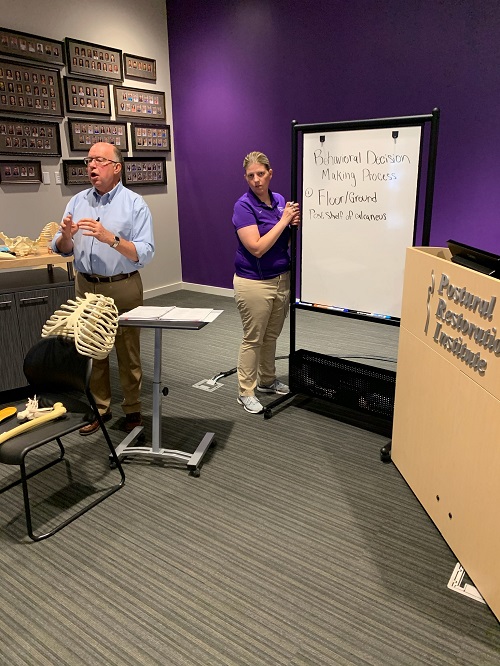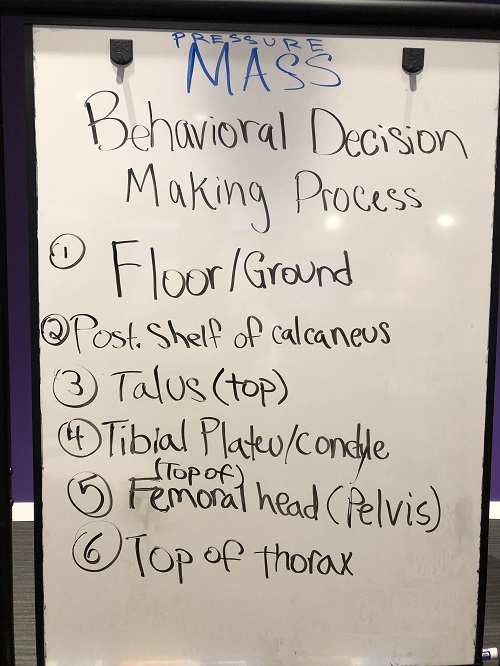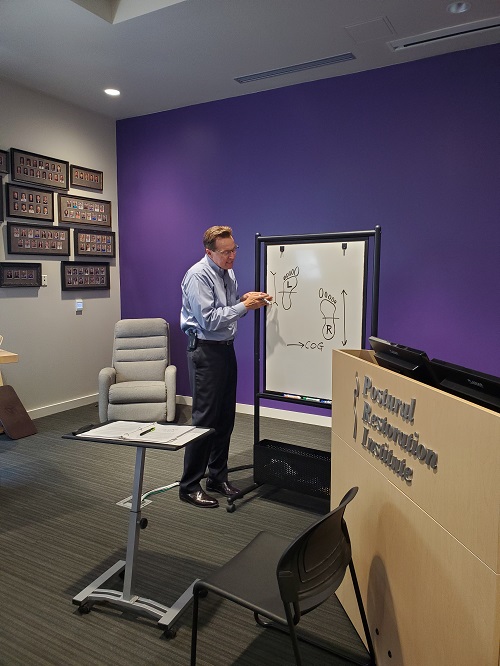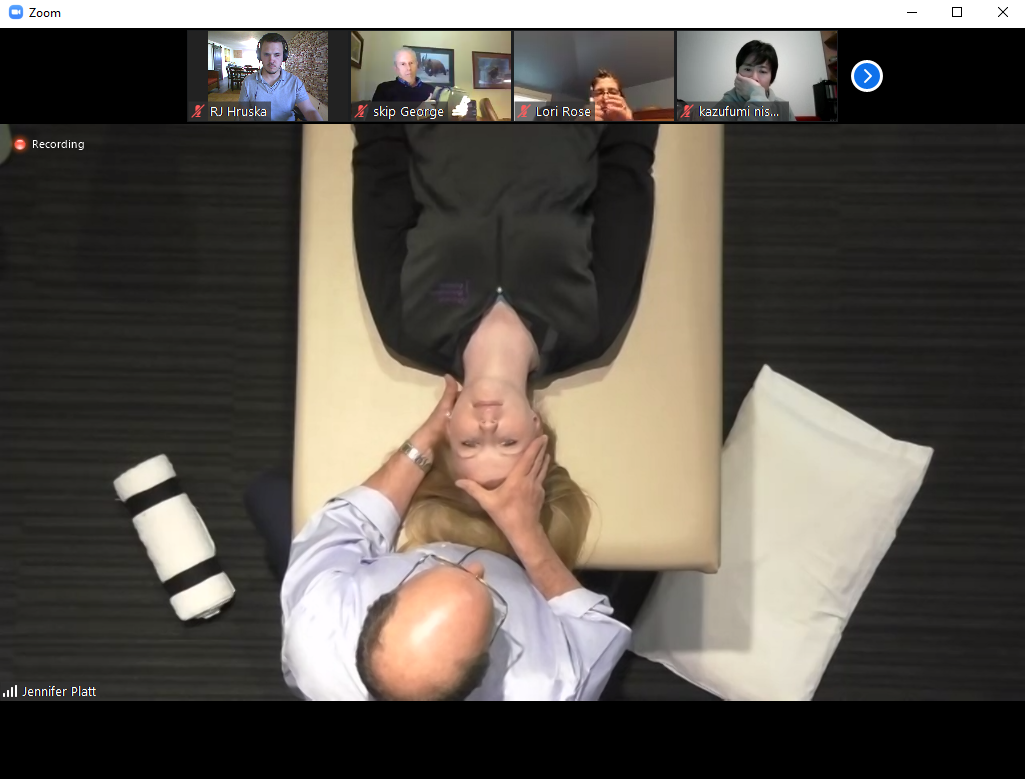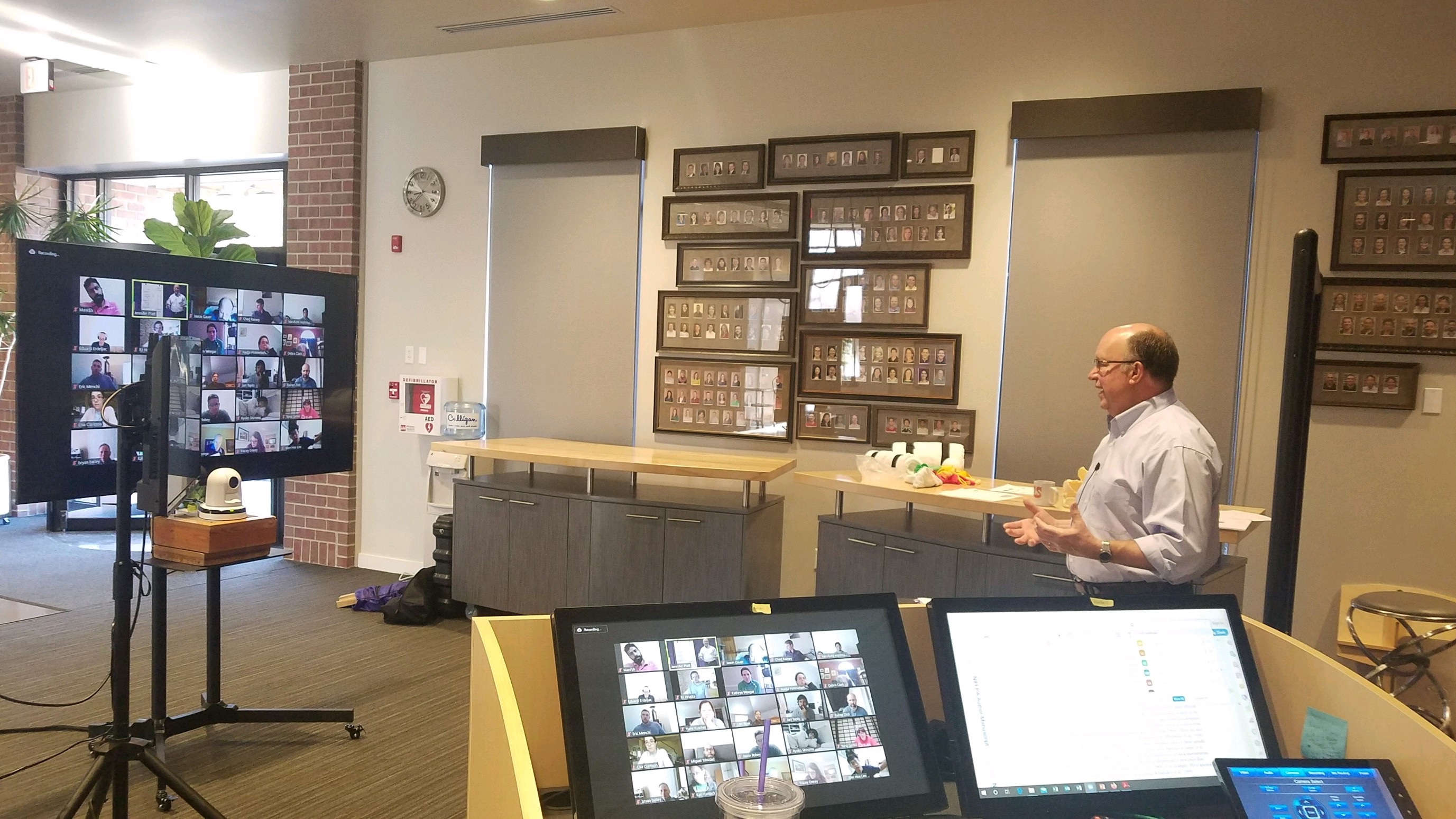Several months ago Ron asked me if I would like to come to Lincoln and co-teach Cervical Revolution via Zoom the last weekend in June this year. Our discussion took place as the Covid Crisis was peaking and getting on a plane, even a nearly empty one, wasn’t on my bucket list. I thought, heck, we are in the middle of a national health crisis and what could be my options? Then it hit me. Road Trip!

Yes, I decided to drive from La Jolla to Lincoln in my pick-up truck via Jackson Hole, WY, the Grand Tetons and Yellowstone National Park and get back some of my long lost cowboy along the way! What a trip and the opportunity to wander and explore some of the most beautiful places in this country and wildness anyone can imagine. The harmony of beauty and wildlife of the “American Savannah” was a perfect place to be while leaving the pandemic behind. Masks and appropriate distancing along the way of course with a can of grizzly bear spray on walks away from the maddening crowd was just what was needed! The animals in the Tetons and Yellowstone are accommodating, some more like hams, for pictures and conversation as long as you keep your distance. Bears, marmots, osprey, bison, elk, white pelicans, Canadian geese, swans, hawks, eagles and beavers were a few of my friends on this part of my solo journey. Though I had ridden horses in my youth and used to guide stable trail rides as a teen, I hadn’t been on a horse in over 30 years and it felt natural again to be on “Baby”, a seasoned trail horse of the Grand Tetons. John Denver’s ballad “A Song of Wyoming” was playing gently in my mind all the while as I got my cowboy restored for just a little bit. The Millennial’s right about now are having an “OK Boomer” moment wondering who’s John Denver?

After 9 days in the Tetons it was time to head to Lincoln, NE via the Native American Wind River of Wyoming and the Rattlesnake Mountain Range beyond headed to the Plains. Well howdy, I am off to the next adventure with the Hruska Clan and my PRI “Fam”. We had 4 days together for catching up, recording a new PRIVY with Ron and I and then co-teaching Cervical Revolution.
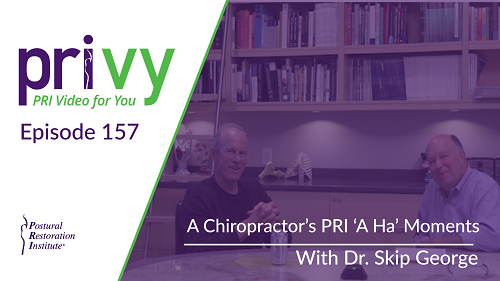
Every PRI course has the same basic outline that is followed over the weekend but every course manual has many times the information that can be covered. Every time a PRI course is taught, even if the same course, it will be different depending on the questions asked by the students and where the faculty member is in their understanding of the material. This course was no different and both Ron and I were able to interact and expand on what each of us were presenting. Teaching with Ron is so fun since he is always pushing the limits of understanding of this science.
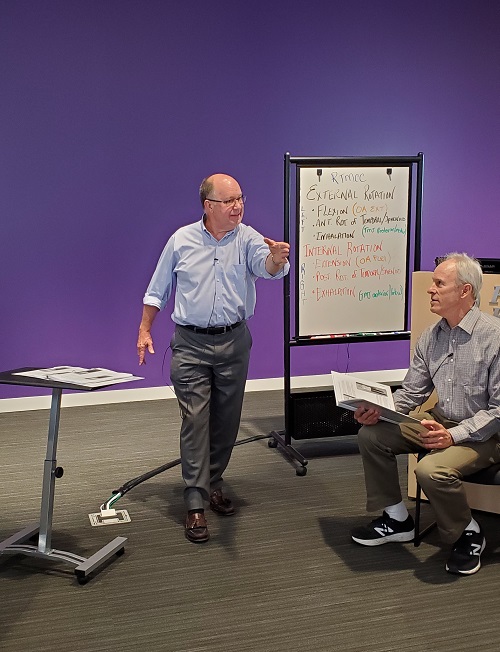
What was fun for both Ron and I was that he got to be a patient for the first time in a course as I performed cervical tests on him. Teaching via zoom is the new world for all of us for now at least and this was my first experience being on the transmitting end of things. Jen Platt is a master at organizing and facilitating the experience and her behind the scenes prepwork is irreplaceable. The interaction was engaging and totally fun with students from all parts of the country as well as other countries including Japan, Australia, Canada, Europe and California! Performing a lab with a student without being right there “hands on” has become an art with Ron and is a powerful way to illuminate how to affect lateralization and sagittalization for the purpose of restoring neutrality. The atlanto-occipital junction is a highly reflexive and neurologic region that has to be respected and integrated into any PRI program. Included this weekend in the opening remarks was “Cervical Revolution by the numbers” which include this is the fifth appendage, is highly neurologic, reflexive, has two main openings, needs just the right amount of tone and most especially the fact we have two necks. These two necks need to oscillate back and forth and brainstem via the A/O joint is regulating everything that goes through it!
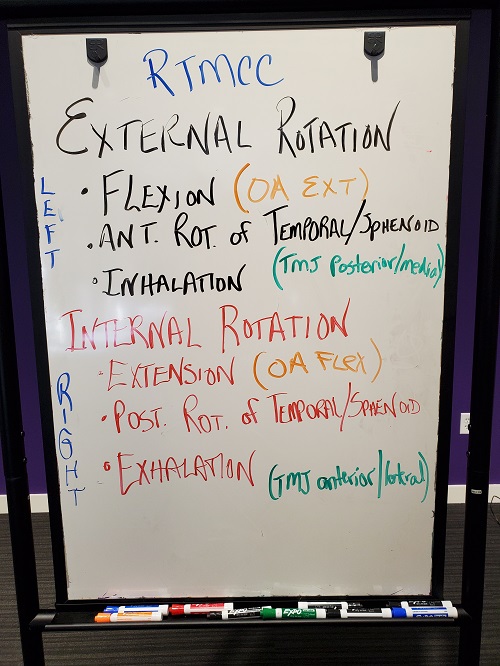
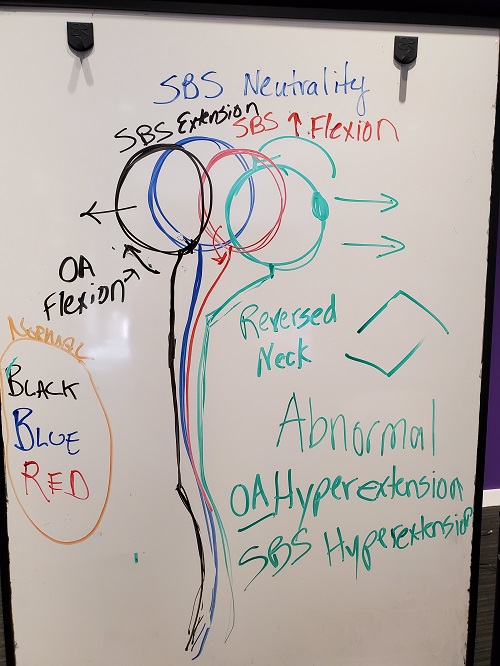
The relationship between the cervical spine, especially the atlas and occipital bone, the cranium and occlusion was defined and explored as Cervical Revolution is becoming much easier to understand as the course content has been refined and described in a powerful more concise way. Thank you to all the students in attendance including Mike Cantrell and his input during the course. Thank you Jen Platt for your making this course happen along with RJ, Hannah and Matt. And Ron, Thank You for the opportunity for my road trip and an opportunity to team teach with you. All of us faculty members miss live courses, our PRI family, friends and peers that take these courses, and the opportunity to share PRI with our colleagues.
__________________________________________________________________
Course Attendee Testimonial:
"I am writing to express my huge gratitude to you, Ron and Skip for the amazing work you all have done over the last two days. Yesterday we finished the course at 12:30~ AM my time (Malta), now it’s 6 o’clock in the morning and I woke up just because I could not wait to share it with you.
So yesterday after "Standin Alternating Reciprocal Cranial Expansion" I shared that I felt click on the right temporal/jaw area followed by the left click every time during end exhalation while standing on the right leg. However maybe due to the stress of first time being on the camera in my life, maybe sitting all day, or maybe that I kept playing with my left posterior mediastinum before – I did not feel very differently after the technique when Ron asked me about it. However, about 20-30 seconds after the attention shifted away from me, stress levels went down, I suddenly felt something different. It was hard to explain what it was, but it felt like there was a "huge beam of attention" striking to my left leg. I didn’t share it right away since the state I found myself in felt a bit confusing and I wasn’t sure what I was feeling. So right after the course finished I went to a hot shower and as I was in there, I decided to repeat the technique. The same click was there again, I stayed in it for a few breaths longer than before. And suddenly the world has shifted. It felt like my right side shrank down, it felt like I became smaller. Suddenly I felt like I just opened my legs and had them wider, although my legs didn’t move. I went to sleep, and I woke up on my back which never happened in my life, as normally the only position I can fall asleep in is on my belly. Not only that, but I had a pillow shoved in under my right lower ribs, which I found super strange as I don’t remember myself doing it (maybe related to my right lower ribs being "shifted" back as I am ex-boxer and had them broken 9 years ago and they healed in the retracted position).
I woke up feeling different in a really really good way, and I jumped out of my bed feeling sore regret that I didn’t get the chance to share this with the other course attendees. Now I know what it is to be a BELIEVER in what you were teaching!
I bow my head to you Jennifer, to Skip and Ron! You guys are my heroes, and I can not express how thankful I am that you are taking the world of "non-denominational" health into another dimension! I feel like this is the best course I have ever taken in my life. And I will continue to take courses from you! I believe you guys are God gifted to bring this message to the world and you are doing a miraculous work of fulfilling that duty! I am hooked, and I hope to someday stand with you guys on the same boat of understanding, and I will put daily effort until I get there!"
– Timas (Malta Island)

